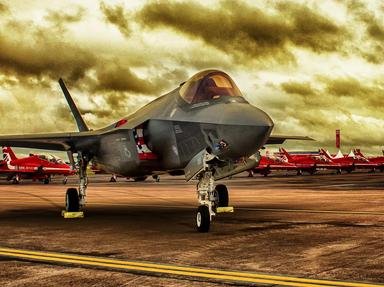
All About That Base, No Treble Quiz
While not as big as they have been in the past, the UK's armed forces still occupy many locations in and around both the UK and overseas. Can you match these ten UK bases with the roles that they fulfil?
A matching quiz
by Red_John.
Estimated time: 3 mins.